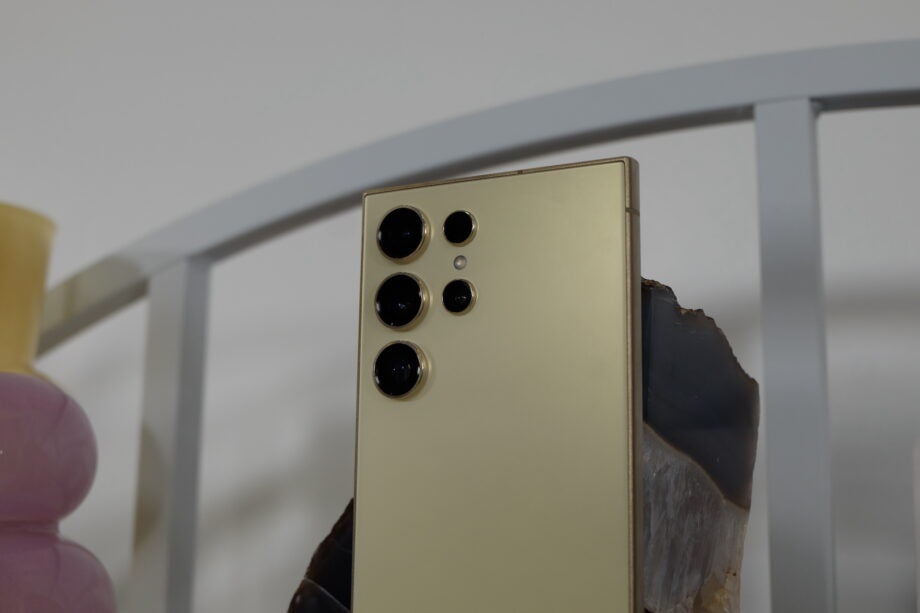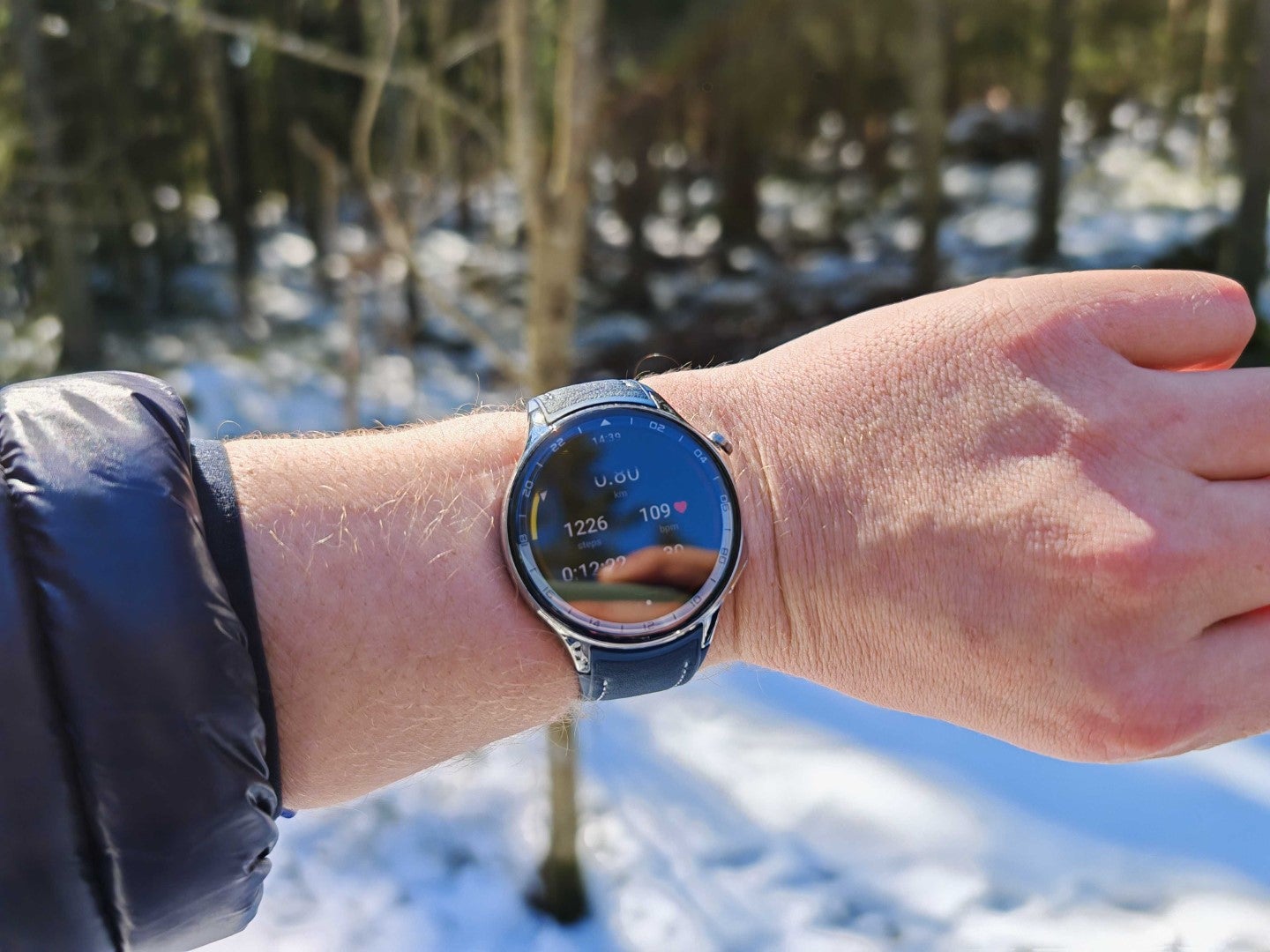The Galaxy S24 Ultra’s shorter periscope camera has won me over

OPINION: When Samsung was rumoured to bring a 5x periscope lens to the Samsung Galaxy S24 Ultra, I assumed it’d be the shorter 3x camera that went the way of the Dodo – but that wasn’t the case.
Instead, Samsung ditched the longer 10x periscope for the new 5x periscope, and I was more than a little disappointed. After all, the Galaxy Ultra model has always set itself apart from the competition purely on zoom prowess. Why would Samsung essentially halve the range of its periscope lens with its latest top-end smartphone?
It just didn’t make sense to me. That was until I started using the Galaxy S24 Ultra long-term following its launch in San Jose last week.
I was lucky enough to go along to the launch in California and got my mitts on the phone just an hour later. As well as trying out some of the cool Galaxy AI features for myself, my first port of call was to take photos. As many photos as possible, in fact. I needed to see the method behind the apparent madness with this new camera setup – and I was pleasantly surprised.
You see, all recent entries in the Galaxy Ultra range have seen a pairing of the 3x telephoto and 10x periscope cameras. That setup allows for some of the best results on the market at, and past, the 10x mark as no other periscope lens came close to those levels of zoom. However, the 3x telephoto lens had a mighty job of covering all intermediate zoom levels between 3x and 10x.
Unlike periscope lenses designed for varying zoom levels, telephoto levels are fixed. That meant images at or around the 3-5x mark looked pretty detailed, but between the 5- and 10x mark where the digital zoom was pushed to the max, images could look comparatively soft. You might even notice the odd bit of artifacting on particularly complex subjects.

That’s why the new 5x periscope sensor makes much more sense. It not only bolsters the previously neglected 5x to 10x range, but it’s also five times higher in the megapixel department at a whopping 50MP.
Now there’s much more to camera quality than sheer megapixel count, but it really can make the difference with periscope lenses like this – especially when paired with pixel-binning tech.
Results at the 5x level are unsurprisingly a huge jump forward in quality, with the vast majority of images packed with detail and vibrant colours, so much so that images are pretty much in line with those taken by the main 200MP snapper.
The boosted zoom compared to the 3x telephoto sensor is appreciated too, allowing me to get pretty damn close to my subjects without needing to dabble with the digital zoom and risk impacting the overall quality of my shots.
That said, the high megapixel count of the 5x sensor means it does a valiant job at providing almost optical-level quality images between the 5x mark and the 10x of the lens it’s replacing. I’d even argue that, at the 10x mark, images are comparable to those delivered by the dedicated zoom of the S23 Ultra.
Here’s a gallery of zoom shots I’ve taken between the 5x and 10x mark during a trip to San Francisco to drill this home further:











Ultimately, while it’s true that the lack of a dedicated 10x periscope will have a knock-on effect on truly high levels of zoom, I’d argue that the vast majority of people will use between 1-10x way more than 80-100x and, as such, will see a benefit from this supposed downgrade.








